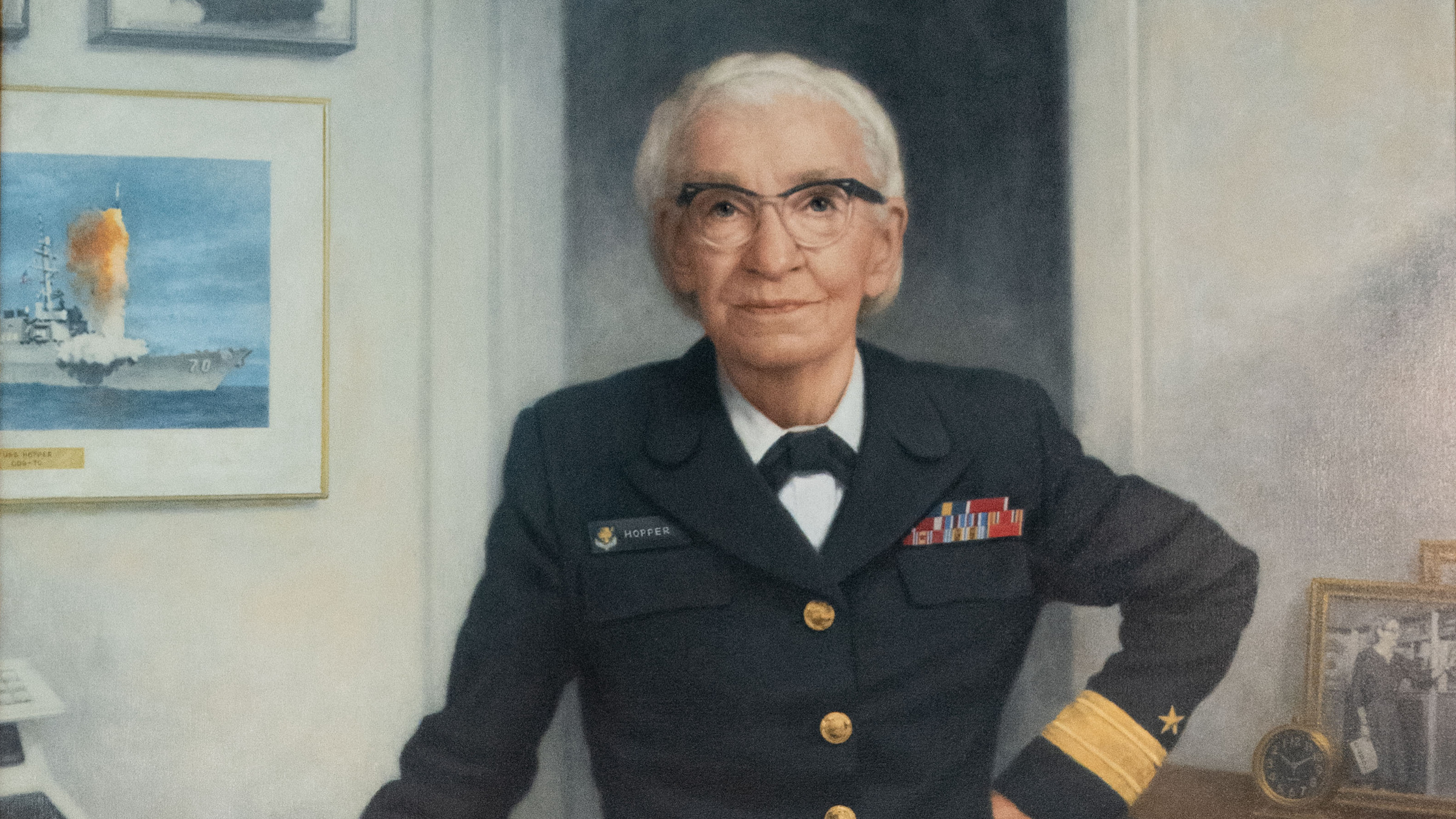
I was interested to read about a really fantastic National Science Foundation funded project called Game Design Through Mentoring and Collaboration. Taking place at McKinley Tech and George Mason University, the project encourages young people into STEM careers through weekend and summer courses in computer game design. I particularly like two aspects of Game Design Through Mentoring and Collaboration (GDMC). First, the students learn with slightly more experienced peer mentors as well as an instructor. This can be a very effective model because both the mentor and the mentee can learn a lot, and it gives the teacher much-needed assistance in a busy class full of temperamental computers and children. (If you want to know more about different models for effective mentoring Kafai et al (2009) is a good place to start.) Second, the students also learn about science subjects and integrate their new knowledge into their games, e.g., after input from a Federation of American Scientists biologist, the students’ games included accurate information about antibiotics, glial cells, and neurotransmitters. If we can’t convince every child to become a computer scientist, any kind of scientist will have to do.
Game design projects are increasingly popular in education, and the evidence is starting to accumulate about the effectiveness of such schemes. In an article published earlier this year in Computers and Education, Vos and colleagues (Vos, van der Meijden and Denessen, 2010) compared students’ motivation and use of strategies for deep learning when they either played a simple memory drag-and-drop game, or constructed their own such game. The children enjoyed making games more than playing them, and were more likely to use deep learning strategies while doing so. A notable finding from this study was that the children were less motivated in the play condition than by their normal classroom lessons. This just goes to show that if you’re going to spend classroom time on a game, it had better be good, or you might as well not bother. Or perhaps a more positive way of looking at that would be to say it takes a high-quality game to beat an enthusiastic teacher.
Game genre and graphical quality are likely to be factors here. The simple 2D board game style application in this study looks rather dull in comparison to the sort of action game you might find gracing the screen of a Wii. It may well be that making an online board game is more fun than playing it only because playing it isn’t that exciting to start with. In contrast, the Game Design Through Mentoring and Collaboration students learn a wider range of technical skills that enables them to make 3D games with proper physics. I think this is pretty important because in my experience kids want to make games that look and feel as good as the games they play at home. After all, they want their friends to be impressed when they play them. So hats off to the students on GDMC: your counterparts across the pond in Scotland salute you!
References
Kafai, Desai, Peppler, Chiu and Moya (2009). “The Multiple Roles of Mentoring” From Kafai, Peppler, Chapman (Eds). The Computer Clubhouse: Constructionism and Creativity in Youth Communities”. Teachers College Press, New York. “
Nienke Vos, Henny van der Meijden, Eddie Denessen, Effects of constructing versus playing an educational game on student motivation and deep learning strategy use, Computers & Education, Volume 56, Issue 1, Serious Games, January 2011, Pages 127-137, ISSN 0360-1315, DOI: 10.1016/j.compedu.2010.08.013.



Join the Discussion (0)
Become a Member or Sign In to Post a Comment